Beyond the Meds: 11 Kitchen Staples Your Cardiologist Wants You to Eat Every Day
If you’ve ever wondered whether your pantry could be doing more for your heart than your medicine cabinet, you’re in good company. Many cardiologists agree: what you eat day in and day out quietly shapes your long-term cardiovascular health—even more than you might suspect. The list of beneficial foods is much broader (and more inviting!) than just bland basics or strict diet rules. In fact, chances are you already have at least a few of these heart-supporting all-stars in your kitchen. What separates everyday ingredients from heart-health heroes isn’t mystery or magic; it’s the quiet power of nutrients like fiber, potassium, healthy fats, and antioxidants—delivered in the form of familiar, flavorful foods. And while no single meal (or food) can replace medical advice or instantly erase risk factors, simple steady changes can add up over time. This isn’t about eating “perfectly” or following every trend, but about gently upgrading your favorite meals and snacks with real, science-backed ingredients doctors trust for themselves. Throughout this list, you’ll find practical tips for turning your shopping cart into a heart-protective toolkit—without expensive supplements or hard-to-find superfoods. Each staple comes with a nudge of encouragement, not a lecture. Want to try just a few swaps at first? That’s progress worth celebrating! Consider these staples not as daily obligations, but as small, delicious gestures of self-care. Your heart may thank you—one spoonful, crunch, or fresh slice at a time.
1. Oats: The Breakfast Classic for Cholesterol Support
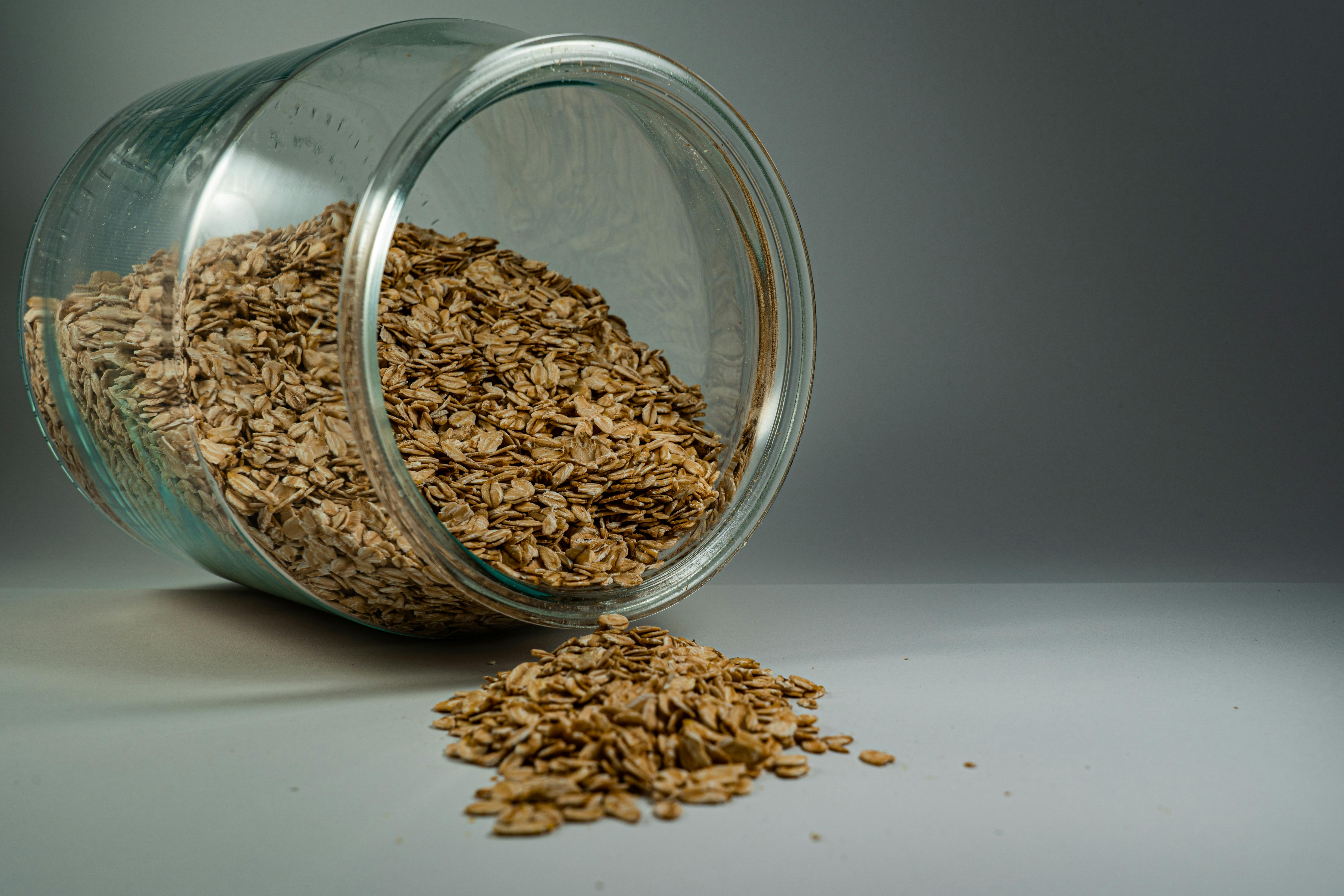
Oats have long earned their place at the breakfast table, and with good reason—this humble whole grain brings a powerful cholesterol-lowering advantage to your day. Cardiologists like Dr. Adedapo Iluyomade point to oats’ unique fiber, called beta-glucan, which acts like a sponge, soaking up excess LDL (“bad”) cholesterol before it can travel through your bloodstream. In fact, enjoying oats regularly can lower LDL cholesterol by as much as 5–10% within a matter of weeks, according to recent clinical evidence. The real magic, though, is their versatility. Oats aren’t just for classic hot cereal or overnight oats. Try folding them into homemade energy bars, swapping them for breadcrumbs in burger patties, or stirring them into savory, bone broth-based bowls for a cozy lunch. Steel-cut or old-fashioned varieties offer the greatest benefit, though all forms provide heart-healthy fiber. It’s important to remember that while oats offer standout support, no single food holds all the answers—think of them as a backbone in a broader, balanced eating pattern. Whether your mornings are rushed or unrushed, a warm bowl of oats is an easy, comforting way to make your heart a little more resilient every day.
2. Olive Oil: The Everyday Liquid Gold
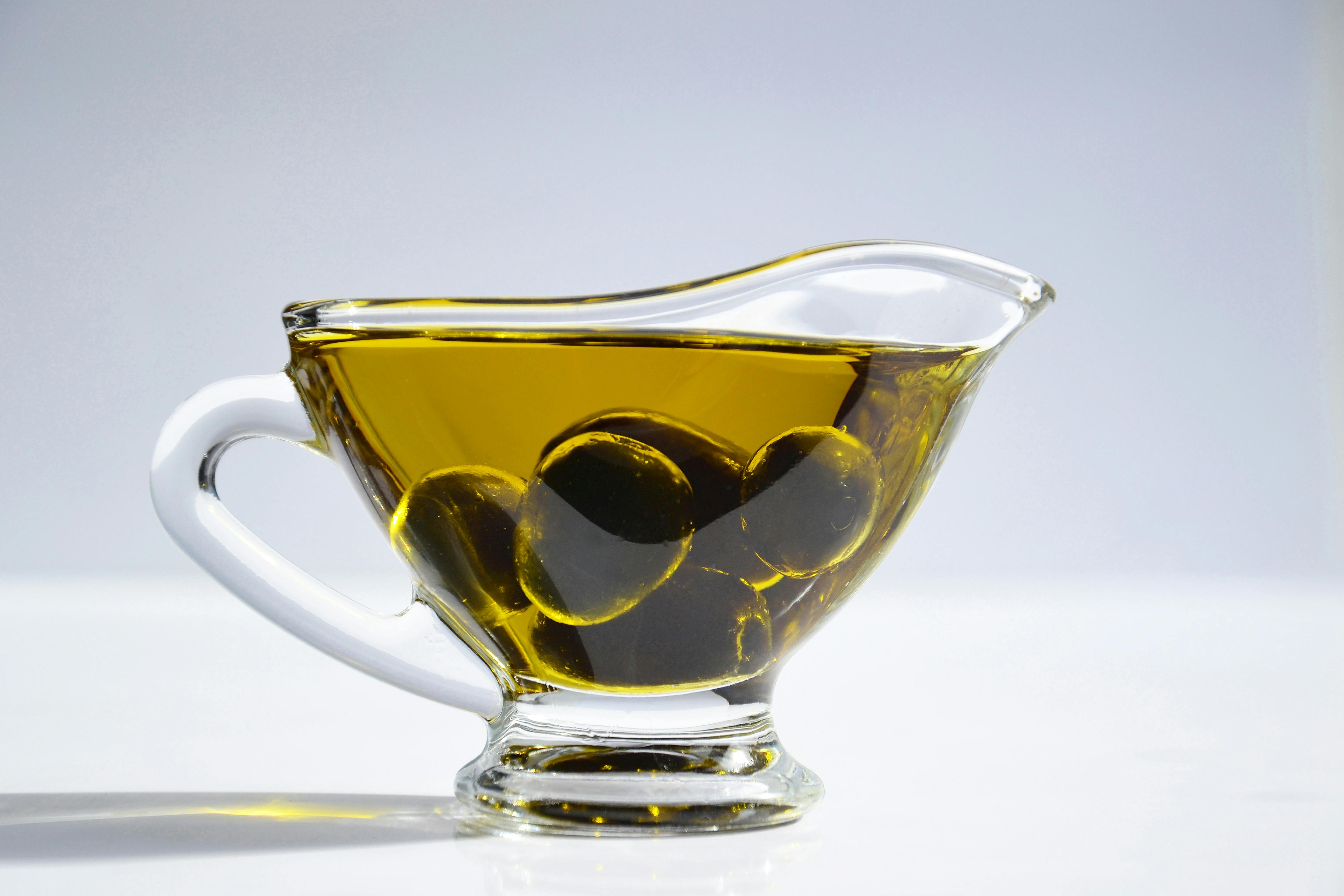
Olive oil isn’t just a Mediterranean tradition—it’s one of cardiologists’ most recommended everyday kitchen staples. Its secret lies in a rich blend of monounsaturated fats and antioxidant compounds that help support healthy cholesterol levels and keep blood vessels flexible. Studies show that using olive oil as your main cooking fat is associated with lower rates of heart attack and stroke, as well as improvements in both “good” (HDL) and “bad” (LDL) cholesterol. Reach for extra-virgin varieties when you can—their deep color and fruity aroma signal powerful plant compounds that support your heart. Drizzle it on salads, roasted vegetables, or grain bowls. Use a spoonful to finish soups, or whisk it into homemade vinaigrettes. The key is flavor, not quantity: olive oil boasts big benefits but, like all fats, should be used in balance with other healthy foods. Don’t worry if you’re not pouring it by the cupful—that’s not necessary. Even a modest daily drizzle can contribute to a more heart-supportive diet, making olive oil both delicious and practical.
3. Fatty Fish: Omega-3 Heroes for Your Heart
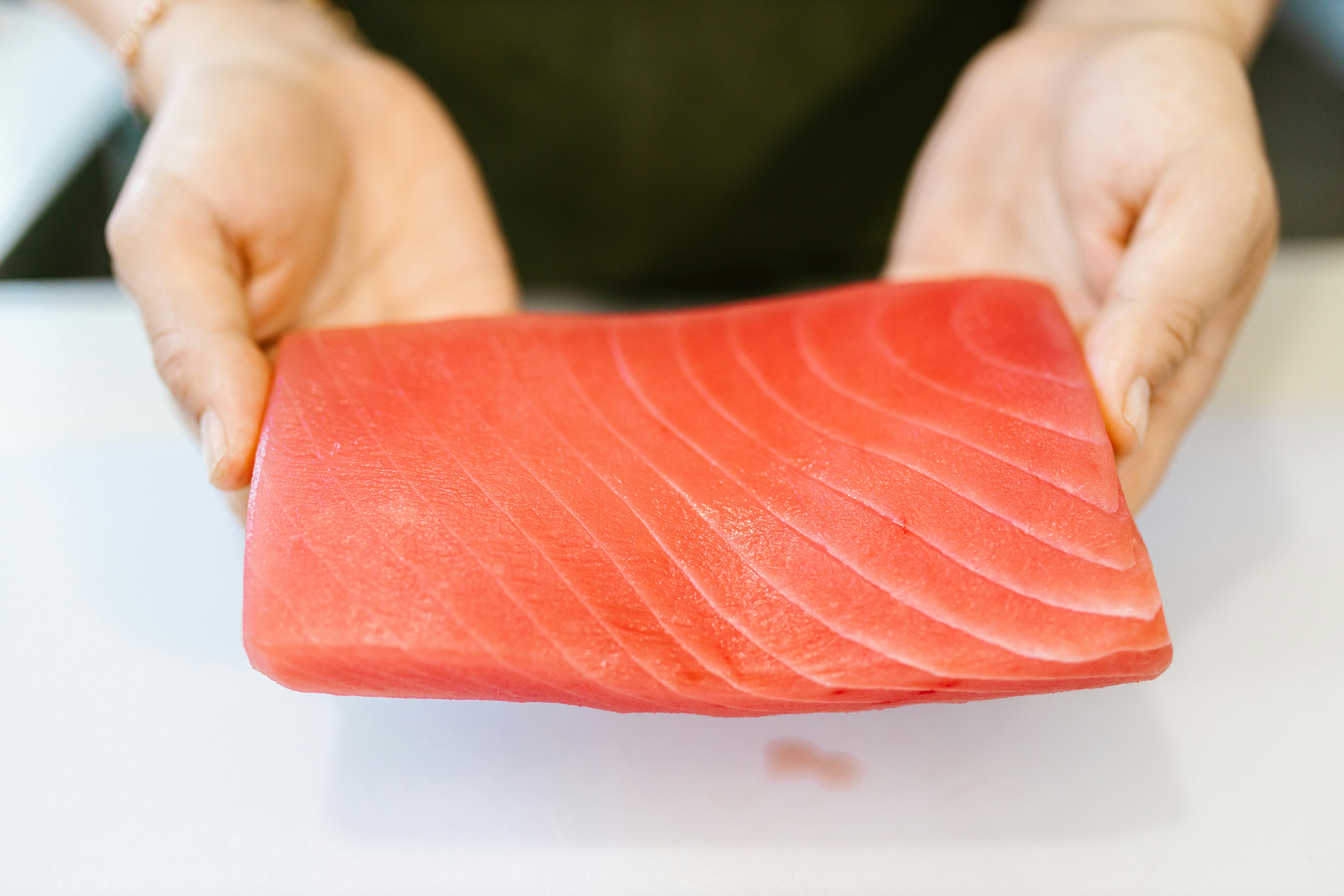
When cardiologists talk about “heart food,” salmon and sardines are usually first on the list. These fatty fish are loaded with omega-3 fatty acids that help calm inflammation, stabilize heart rhythm, and protect blood vessels from damaging plaque buildup. The American Heart Association recommends two servings a week, yet you don’t need to become a gourmet chef—or break the bank—to benefit. Canned salmon, tuna, or sardines are just as heart-friendly as fresh versions and can make an easy lunch atop whole grain toast or tossed into salad greens. Grilled mackerel, sheet-pan salmon fillets, or quick salmon “cakes” are flavorful options for dinner. Look for low-sodium canned varieties when possible and skip breaded or fried fish, since added fats may undo their natural benefits. Some may shy away from fish due to strong flavors, but gentle experimentation—like mixing sardines with mustard or yogurt—can help. Bit by bit, adding fatty fish gives your body a daily dose of heart-healthy fuel, supporting a lifetime of vibrant circulation.
4. Leafy Greens: Potassium and Nitrates, Naturally
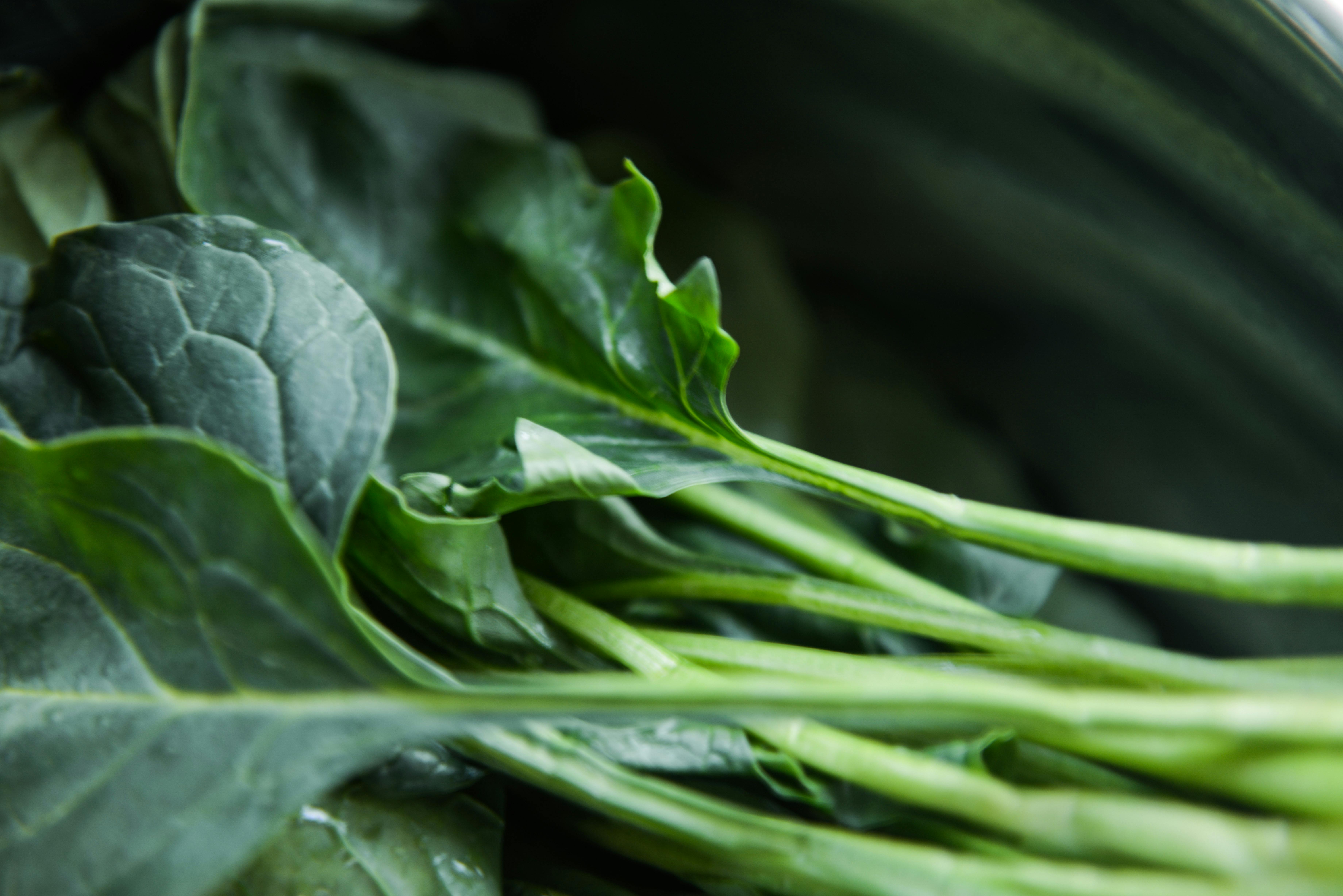
Spinach, kale, Swiss chard, and their leafy cousins are more than salad filler—they serve as potassium powerhouses and natural sources of plant nitrates that help keep blood pressure in check. Cardiologists often recommend at least a cup a day for their wealth of vitamins, magnesium, and fiber, all of which combine for a gentle, steady support of blood vessel function. Don’t have time to chop greens every morning? Pre-washed bags of baby spinach or kale make throwing together a smoothie or quick salad a breeze. Use a few handfuls in place of lettuce on sandwiches, stir delicate greens into hot grain bowls, or sauté with garlic as a speedy side. Not everyone loves raw kale, and that’s okay—cooked, blended, or even frozen greens retain their nutrient punch. Mix and match greens throughout the week, and let your taste buds—as well as your heart—guide you.
5. Beans & Lentils: Plant Powerhouses for Fiber and Protein
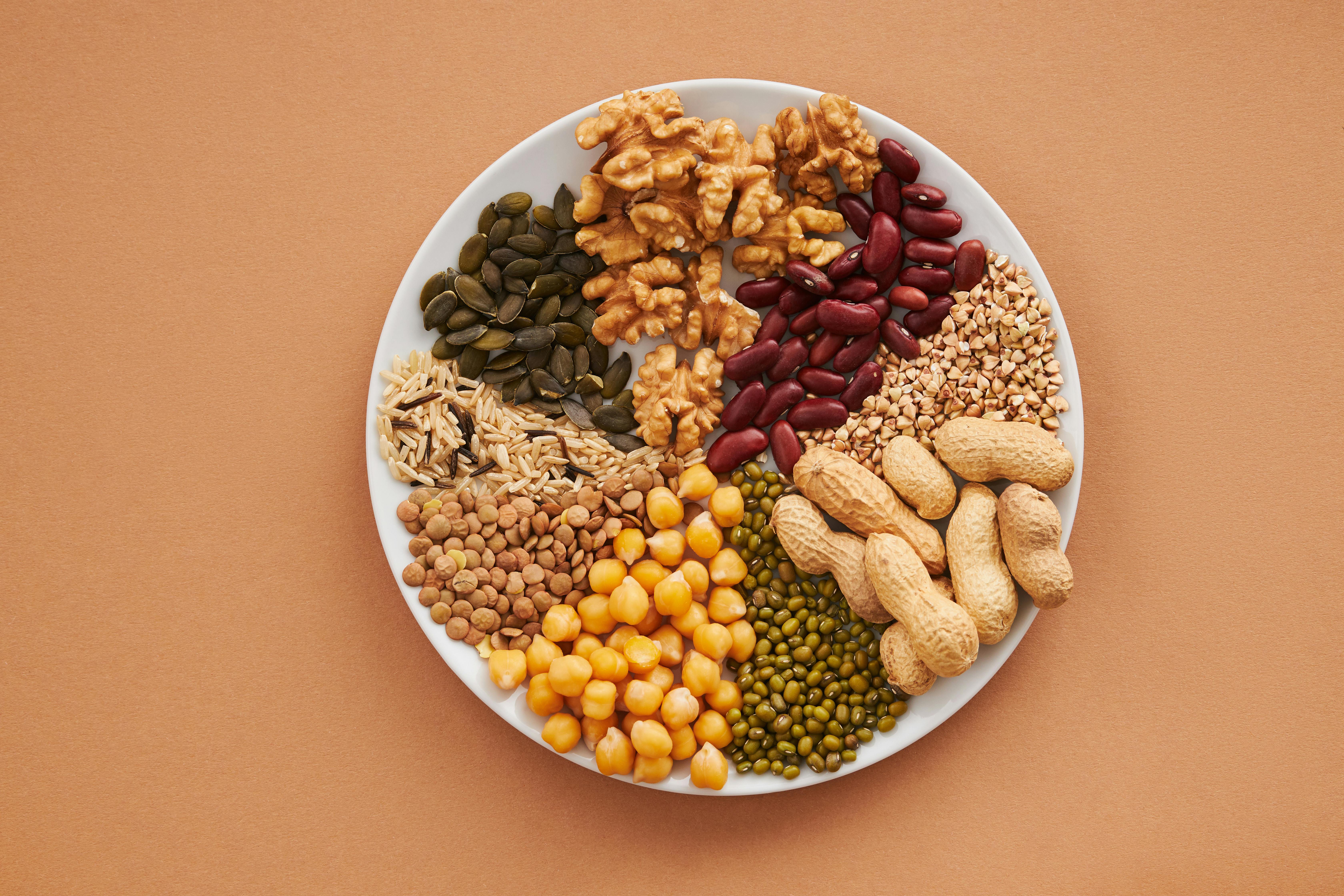
Few foods match the heart-healthy clout of beans and lentils. These budget-friendly plant proteins are a top recommendation from preventive cardiologists for supporting healthy cholesterol, keeping blood sugar steady, and adding filling fiber to meals. Research shows that swapping in beans for even a few animal-based meals each week can help lower LDL cholesterol and nurture the beneficial bacteria in your gut. Not a fan of long soaks or hours at the stove? Canned beans—rinsed under water to cut back on sodium—make instant hummus, chili, or vibrant taco fillings. Toss lentils into a simple soup, or spoon warm black beans over a grain bowl. Introduce beans gradually if you’re not used to them, letting your digestive system adjust. Worry that beans “don’t agree” with you? You’re not alone; starting with small servings and drinking plenty of water can help. In return, you’ll be gifting your heart a steady stream of plant-powered support with every bite.
6. Berries: Antioxidant Boosters to Sweeten Your Day
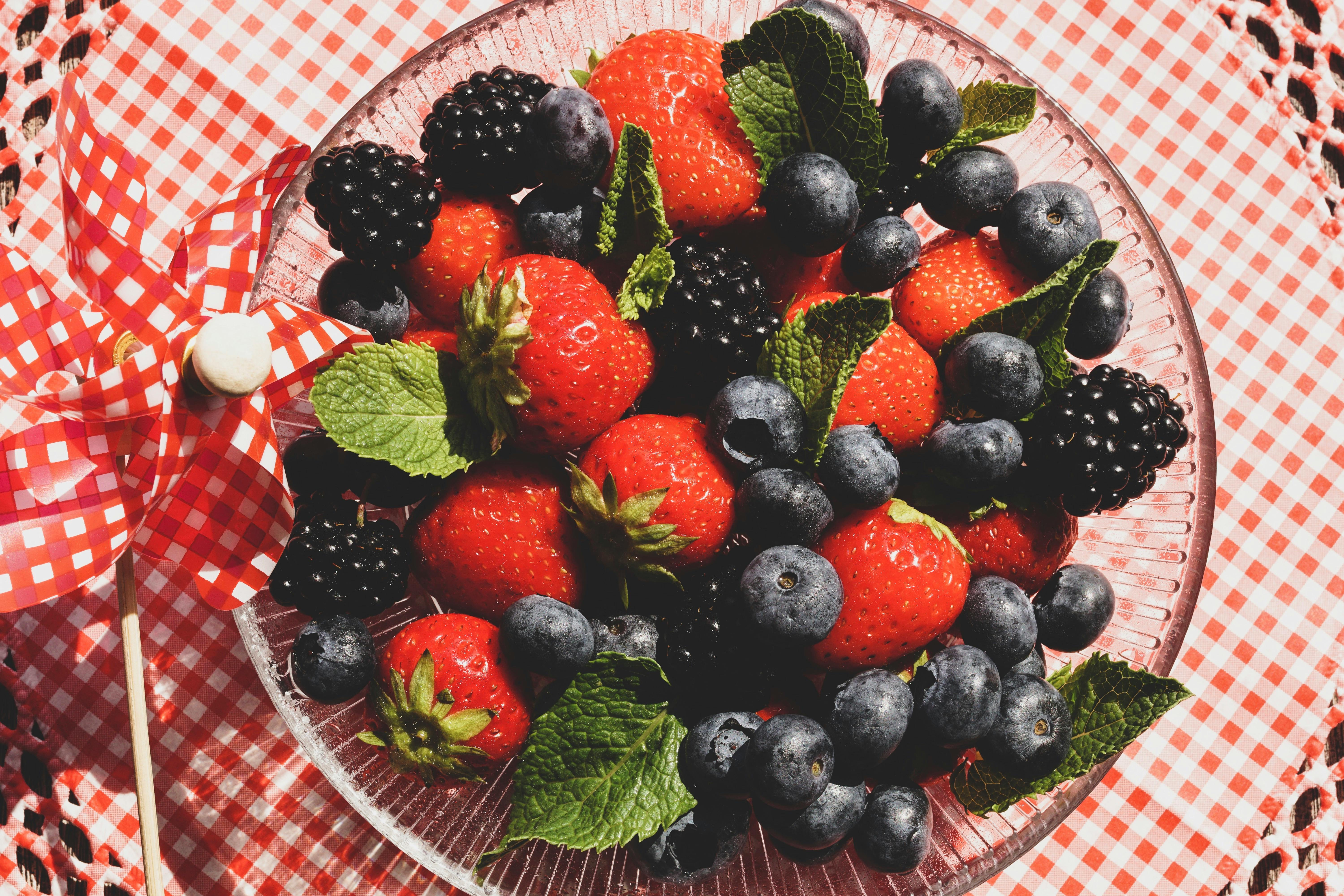
Blueberries, strawberries, raspberries, and blackberries deliver a one-two punch of flavor and cardiovascular support. They’re rich in antioxidants called anthocyanins, which have been shown in multiple studies to help maintain healthy blood vessels and reduce inflammation—a contributor to heart disease. Regular berry eaters may be less likely to suffer heart attacks or strokes, according to long-term data from Harvard nutrition researchers. Whether sprinkled on oatmeal, blended into smoothies, or eaten by the handful, berries make adding heart-friendly nutrients both easy and enjoyable. Can’t always buy fresh? Frozen berries pack the same nutrition and are usually more affordable year-round. Concerned about fruit sugar? The fiber in berries slows sugar absorption, so they’re a sweet option even for those watching blood sugar. Their natural benefits mean you can let berries shine in your kitchen—and on your plate—every day.
7. Nuts: The Satisfying Snack with a Heart-Protective Crunch
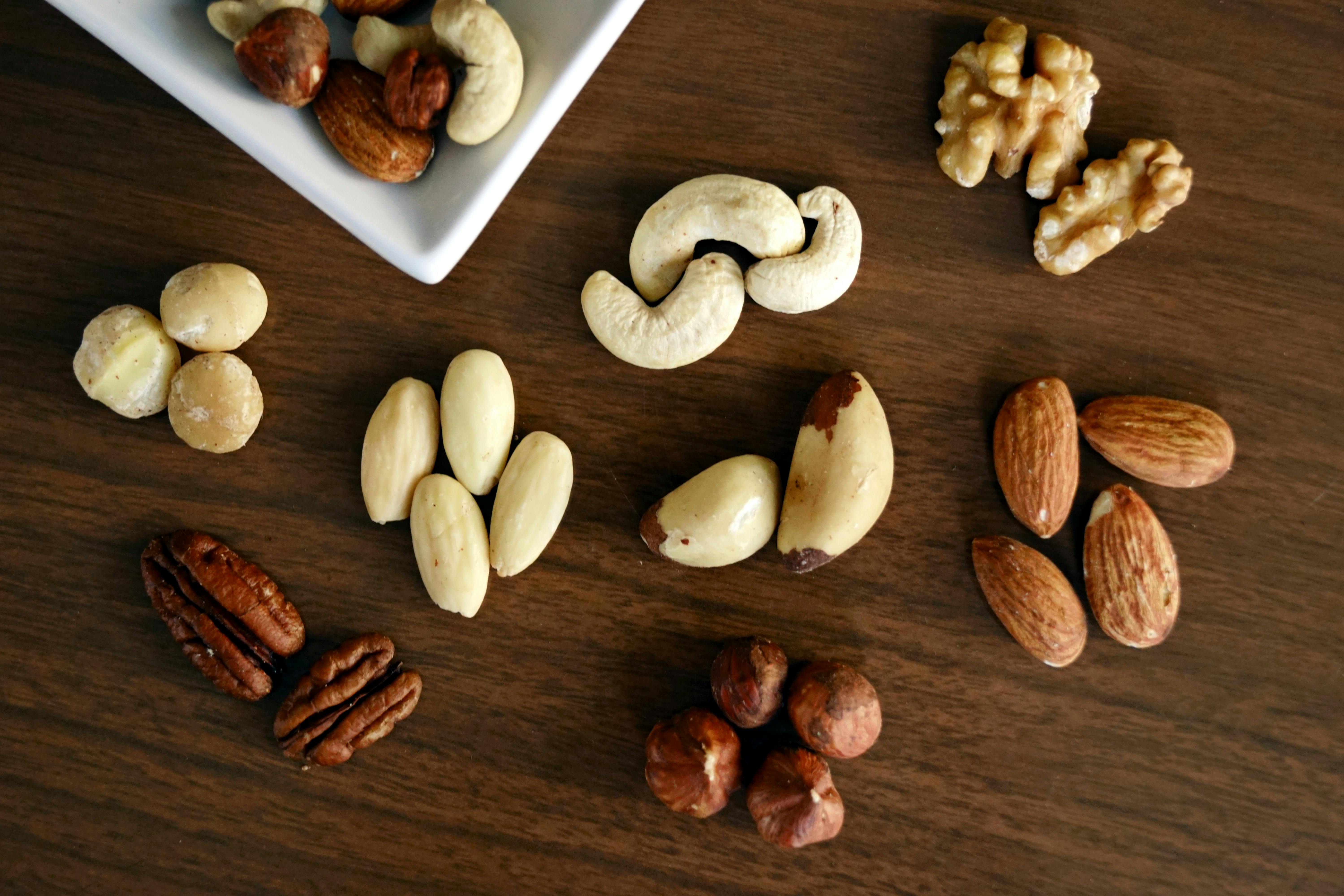
Walnuts, almonds, pistachios, and their nutty friends are more than just snack food—they’re compact packages of unsaturated fats, plant sterols, and minerals like magnesium, all of which support your heart’s long-term health. Just a small handful daily (about one ounce) has been linked to lower LDL cholesterol, improved vessel flexibility, and even a longer lifespan in large medical studies. Try sprinkling nuts into oatmeal, yogurt, or salads for crunch and satisfaction. Keep a small container at your desk for a quick, sustaining snack, or add a spoonful of natural nut butter to whole-grain toast. Choose unsalted, dry-roasted varieties most often to skip added sodium or oils. Some people worry about nuts and calories, but the benefits often outweigh the concerns when serving sizes are kept reasonable. The satisfying crunch and gentle heart support make nuts a tasty way to care for yourself, one bite at a time.
8. Avocado: Creamy Source of Good Fats and Potassium
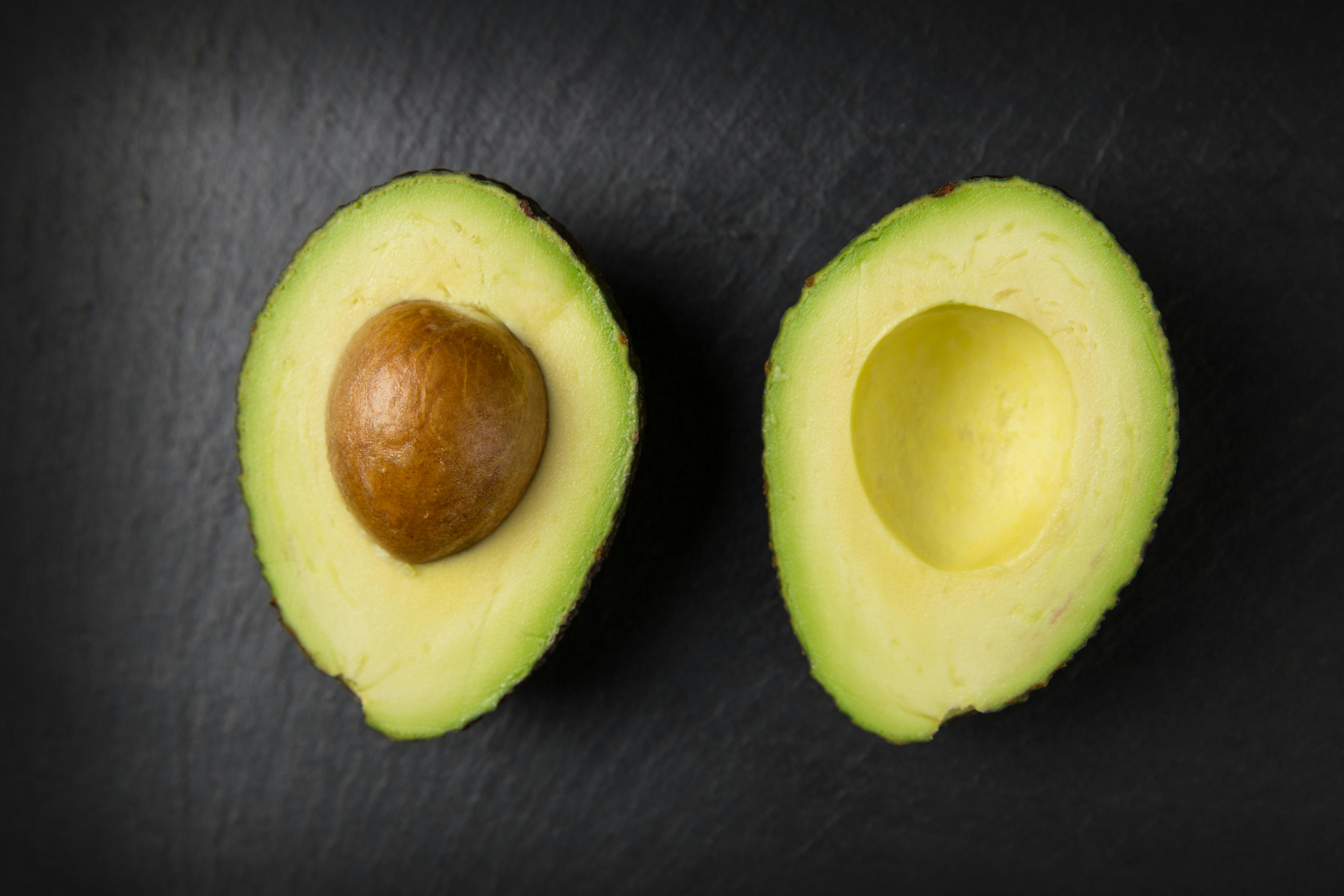
The creamy richness of avocado has taken center stage on many modern menus, but cardiologists have valued it for years thanks to its blend of fiber, potassium, and heart-protecting monounsaturated fats. Research shows regular avocado intake may help lower LDL cholesterol and overall cardiovascular risk—especially as a nutrient-dense swap for saturated fats like butter or mayo. Spread mashed avocado on whole-grain toast, dice it into salads, or whip it into a green smoothie for an easy, nourishing boost. Even half an avocado adds a gently satisfying texture and flavor to bowls and sandwiches. If you worry about keeping avocados fresh, try storing slices with lemon or freezing small chunks for smoothies. And remember, variety helps—enjoy avocado a few times a week as part of a colorful, heart-friendly mix.
9. Tomatoes: Colorful Sources of Lycopene and Potassium
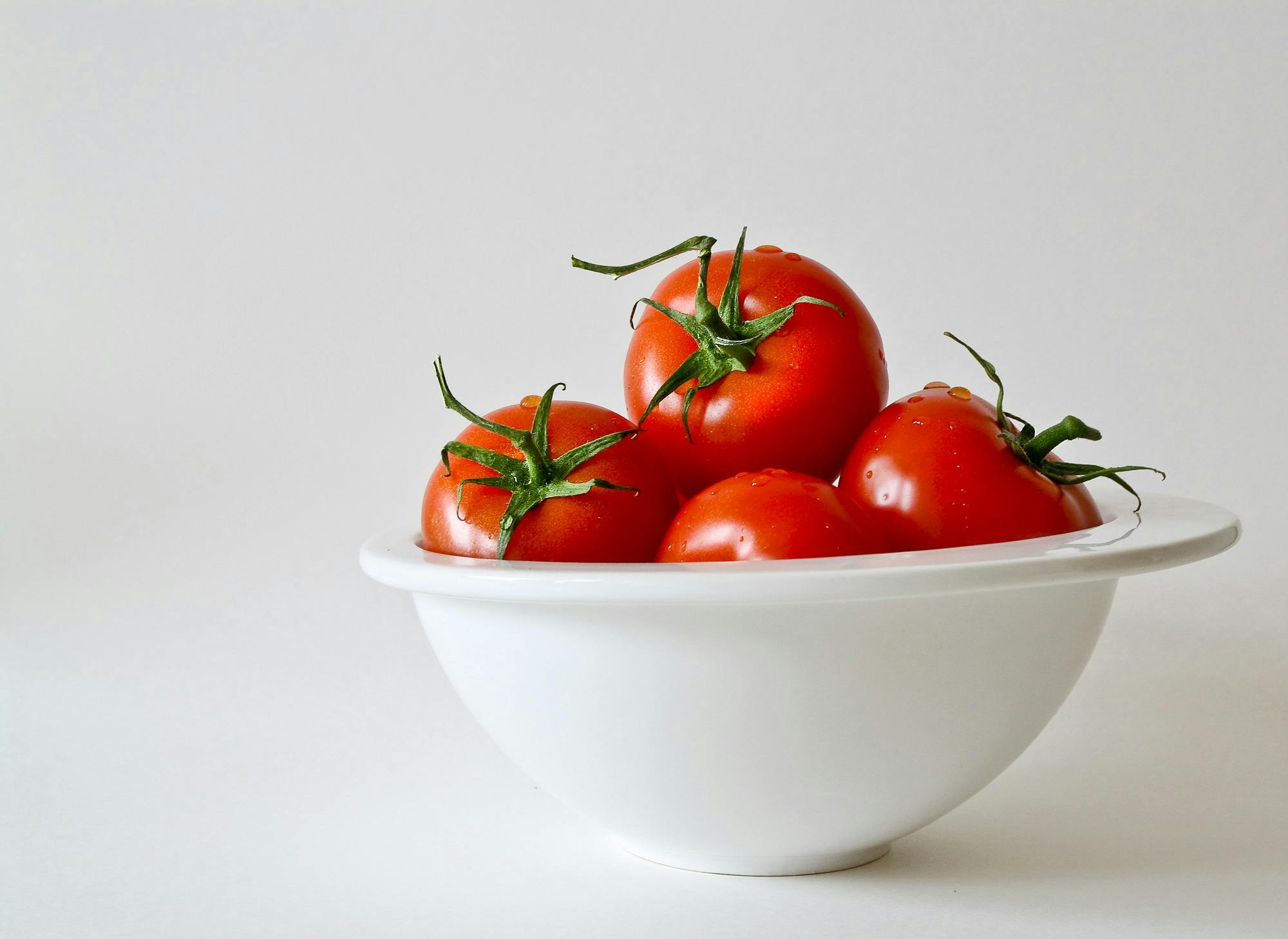
Tomatoes bring more than juicy flavor to your table—they’re one of the easiest ways to add a dose of lycopene (a powerful antioxidant) and potassium to your day. Both nutrients work together to support blood vessel health, regulate blood pressure, and provide broad antioxidant protection from everyday stressors linked to heart disease. Enjoy tomatoes fresh in salads, slow-roasted for savory flavor, or in a classic homemade sauce. Cooked tomato products (like sauces and soups) actually increase lycopene availability for your body. If you’re using canned tomatoes, choose varieties low in added salt to keep each dish heart-smart. Whether you’re picking cherry tomatoes for a lunchbox or simmering tomato soup, this kitchen staple shines in nearly every cuisine—nourishing your heart with each vibrant bite.
10. Garlic: The Flavorful Heart Helper
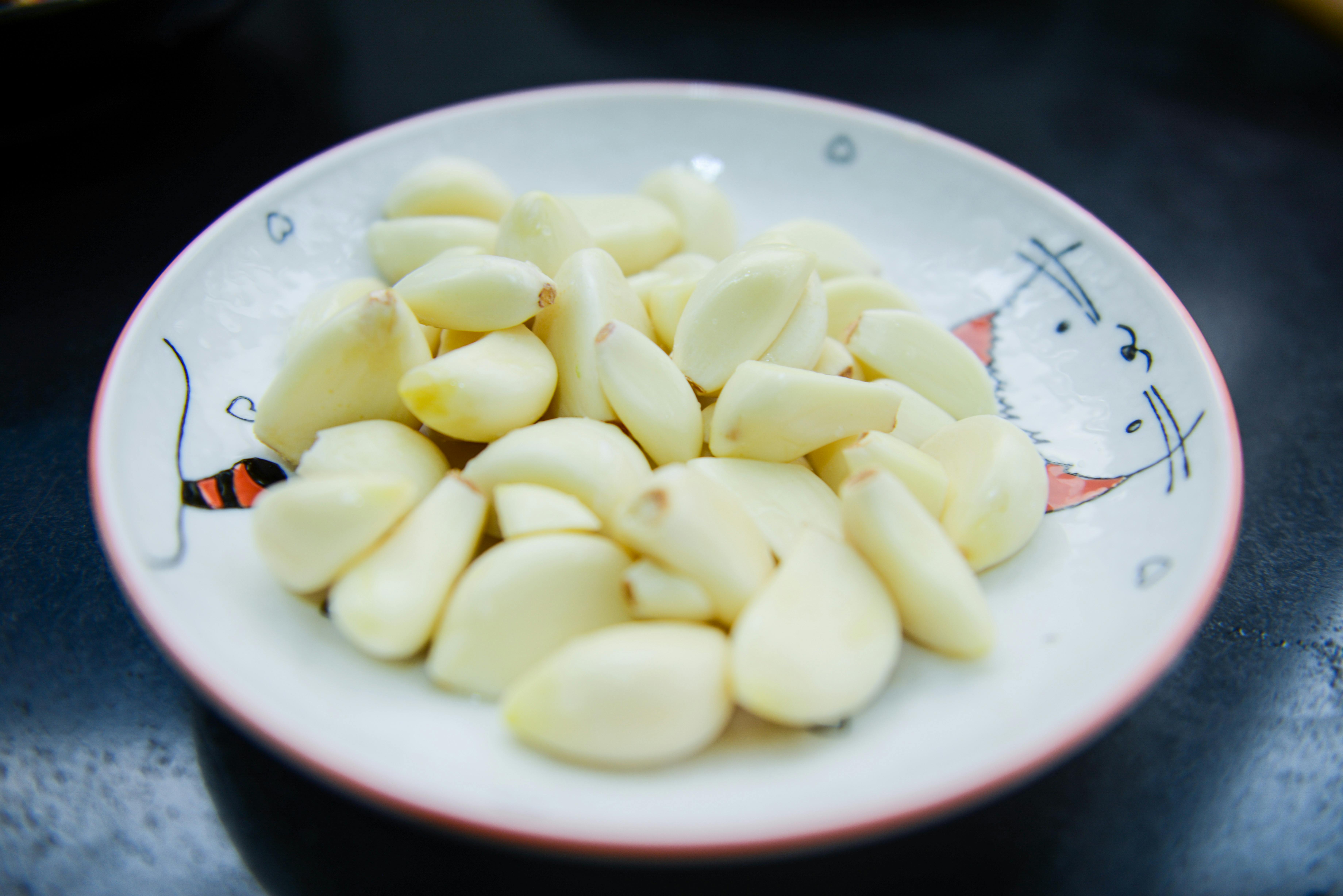
Garlic’s signature aroma isn’t just for show—it comes from natural compounds (like allicin) that have been linked in clinical and traditional medicine to relaxed blood vessels and better cholesterol regulation. While not quite a “magic bullet,” regular garlic in meals adds a gentle, cumulative benefit for your cardiovascular health. Sauté minced garlic in olive oil for a flavor base, roast whole bulbs for sandwich spreads, or toss raw slivers into salad dressings. For highest impact, let chopped garlic sit for a few minutes before heating—this helps maximize the beneficial plant chemicals. Keep in mind that garlic pills don’t deliver the culinary satisfaction of the real thing, and eating garlic in the context of an overall healthy meal makes the most difference. Here, flavor meets real function—a win-win right from your cutting board.
11. Dark Chocolate: A Delicious Treat with Flavanol Perks

Few recommendations surprise (or delight) people more than learning that modest portions of dark chocolate can support heart health. The key is chocolate that is high in cacao (typically at least 70%) and low in added sugar. These varieties supply flavanols—plant compounds that help boost nitric oxide in your blood, supporting flexible, healthy blood vessels. Reach for a small square or two after dinner, add dark chocolate shavings to yogurt, or toss a piece into trail mix. While not all chocolate products are created equal (those packed with fats or sugar often negate the benefit), real dark chocolate is a satisfying way to mark a healthy routine and offer yourself a touch of joy. There’s no need for guilt around well-chosen treats—a little goes a long way, both for your palate and your heart.
A Heart-Healthy Kitchen Is Built Choice by Choice

Building a heart-healthy kitchen isn’t about the sweep of sudden change—it’s about quiet, consistent steps that honor where you are now and where you want to be. Imagine opening your pantry or fridge and seeing real, approachable foods that have quietly shaped generations of healthy hearts: a sturdy bag of oats, bright tomatoes, a bottle of olive oil, and a dish of vibrant berries. It’s not about stocking every item every day, or always getting it “right”—it’s about feeling empowered to make one more supportive choice, however small, along your unique path. Maybe you’re just starting out, swapping instant oats for old-fashioned, or incorporating leafy greens with your morning eggs. Perhaps you’ve enjoyed these foods for years and now understand a little more about their deeper value. Wherever you are, small bites and quiet moments count. Cardiologists agree: food’s power comes not from restriction, but from its daily, loving presence in our lives. So trust in gentle progress. Savor your meals. Allow yourself both creativity and forgiveness. Because in every simple act of preparation—and every wise bite—you’re building the kind of steady, joyful foundation that helps your heart beat strong, year after year.
